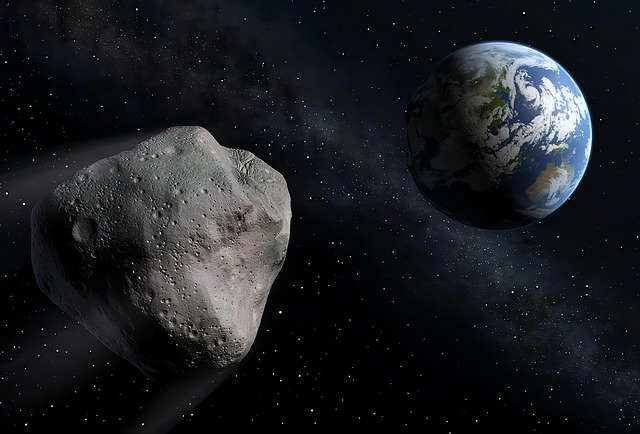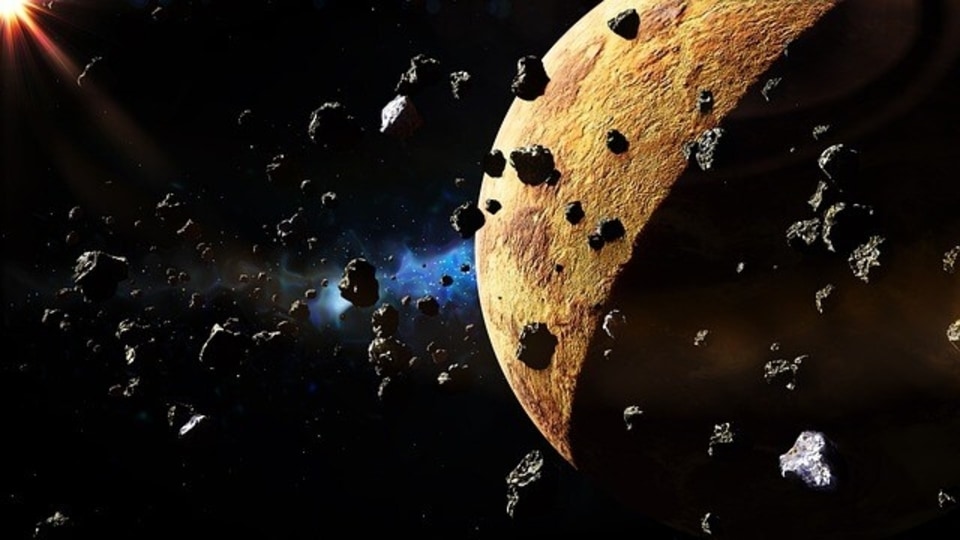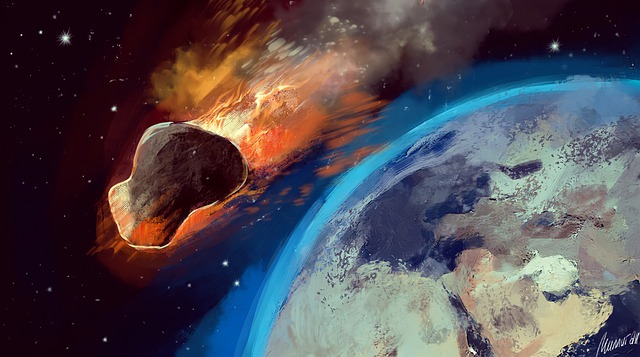Aircraft-sized asteroid poses grave danger in a close encounter with Earth!
In response to an approaching asteroid today, NASA has issued a warning. Will this 94-foot asteroid impact?






 View all Images
View all ImagesAlthough asteroids are in elliptical orbits far out in space, these rocks also rotate, sometimes quite erratically in their orbit. Interaction with the gravitational field of a planet can cause asteroids to deviate from their trajectory and impact a planet like Earth. These space rocks are usually made up of rocks, but they can also be made of metals such as nickel and iron, or even clay. The increasing proximity of asteroids to Earth makes it imperative for space agencies to continuously monitor them.
In response to an approaching asteroid today, NASA has issued a warning. Know the asteroid's details here.
Asteroid 2006 HX57 details
It has been reported by NASA that the asteroid, identified as Asteroid 2006 HX57, is close to Earth, traveling at 39655 kilometers per hour. It will make its closest approach to the Earth today, May 5, at a distance of 2.6 million kilometers. Furthermore, NASA has revealed that it belongs to the Apollo group of Near-Earth Asteroids.
In terms of size, NASA estimates it to be around 94 feet wide, making it almost as big as an aircraft! Although NASA scientists estimate that an asteroid would have to be about 96 km wide to completely and utterly wipe out life on Earth, smaller asteroids such as Asteroid 2006 HX57 also have the potential to cause damage up to some extent.
For example, the asteroid which exploded over the city of Chelyabinsk was just 59 feet wide. When it exploded, it damaged nearly 8000 buildings and left over 1000 people injured.
Previous asteroid impacts on Earth
Although asteroids have been safely passing near Earth these past few months, it doesn't mean a collision with Earth isn't on the cards. In fact, an asteroid was the reason behind the extinction of one of the largest species on the planet nearly 65 million years ago – dinosaurs.
According to the Alvarez hypothesis, the extinction was caused by a massive asteroid which crashed on Earth more than 65 million years ago. The asteroid terraformed the planet and is likely the reason that started the extinction of dinosaurs. Scientists have even found the impact crater of the asteroid in Chicxulub, near the Yucatan Peninsula in Mexico.
And a few years ago, the Chelyabinsk incident happened and much before that, the Tunguska event. The largest asteroid to hit Earth was around 2 billion years ago and it left behind the Vredefort crater near Johannesburg.
Catch all the Latest Tech News, Mobile News, Laptop News, Gaming news, Wearables News , How To News, also keep up with us on Whatsapp channel,Twitter, Facebook, Google News, and Instagram. For our latest videos, subscribe to our YouTube channel.





























